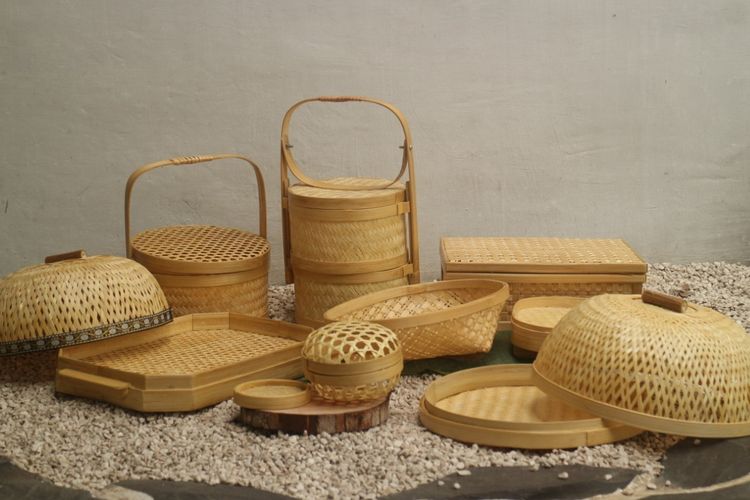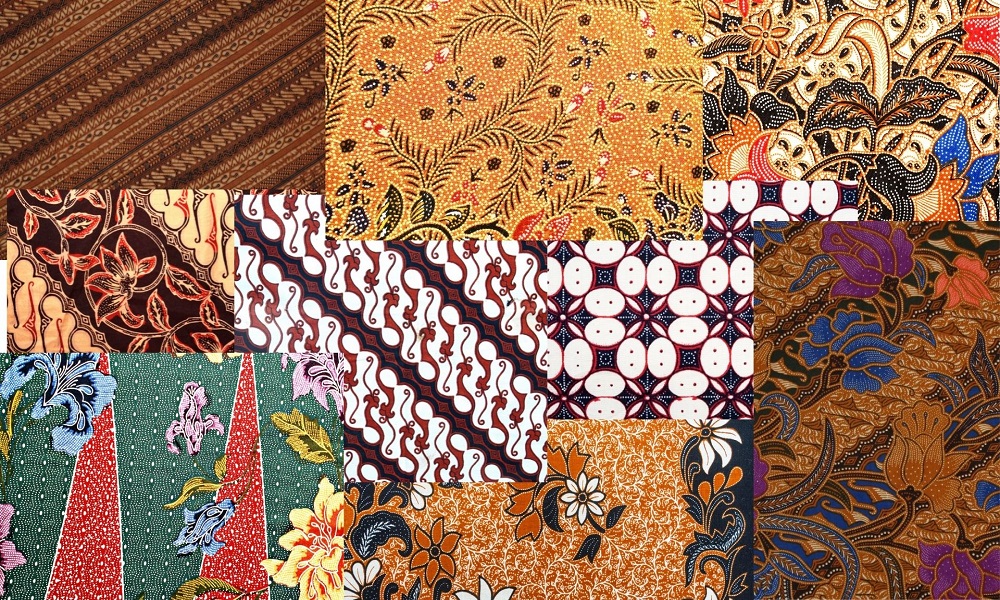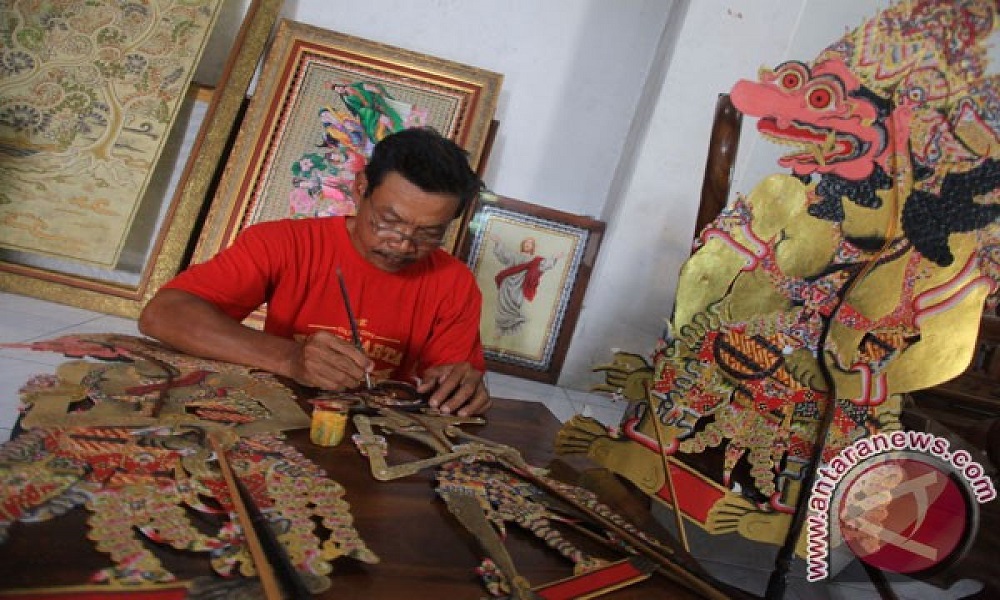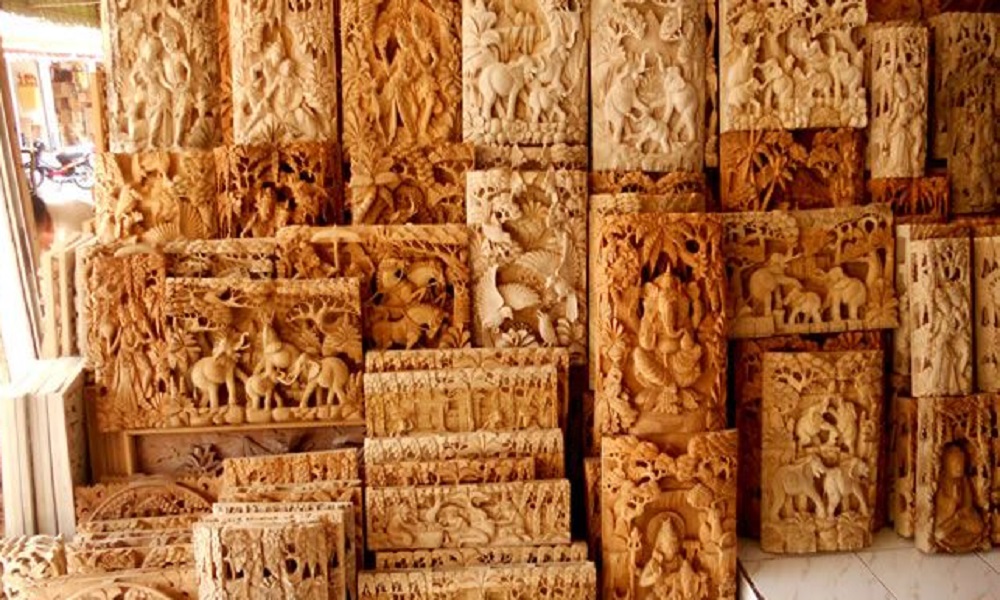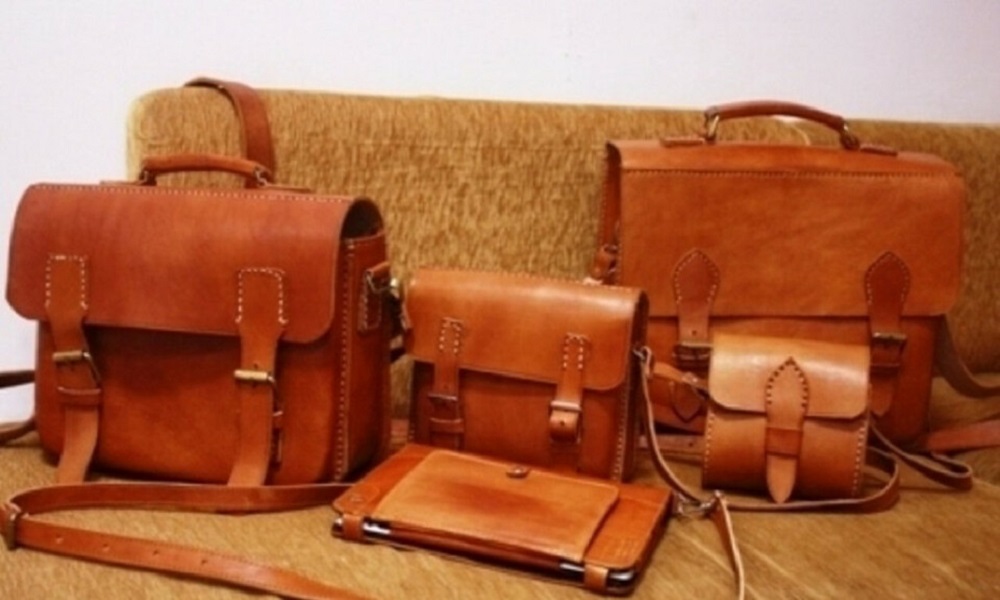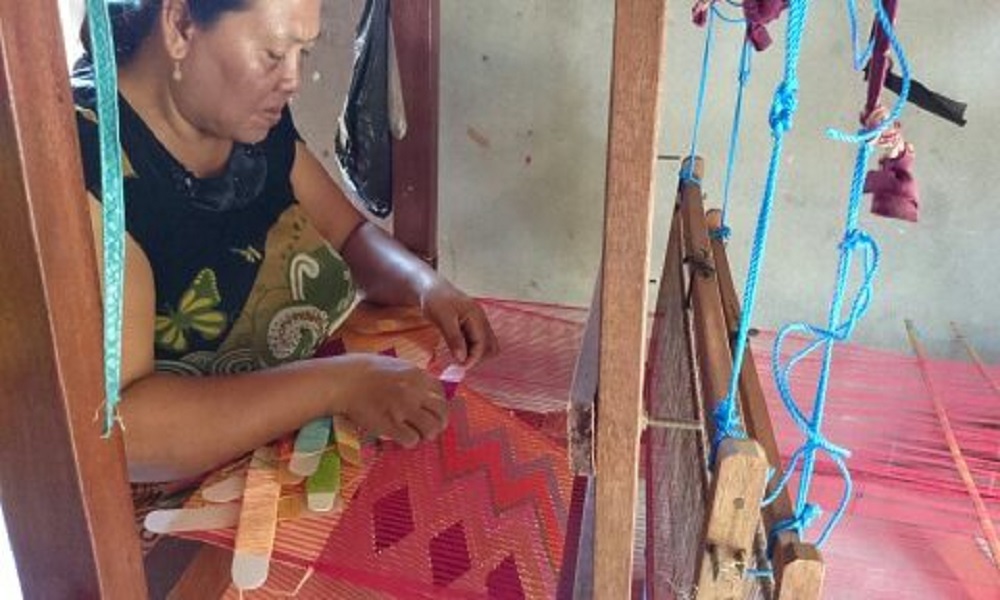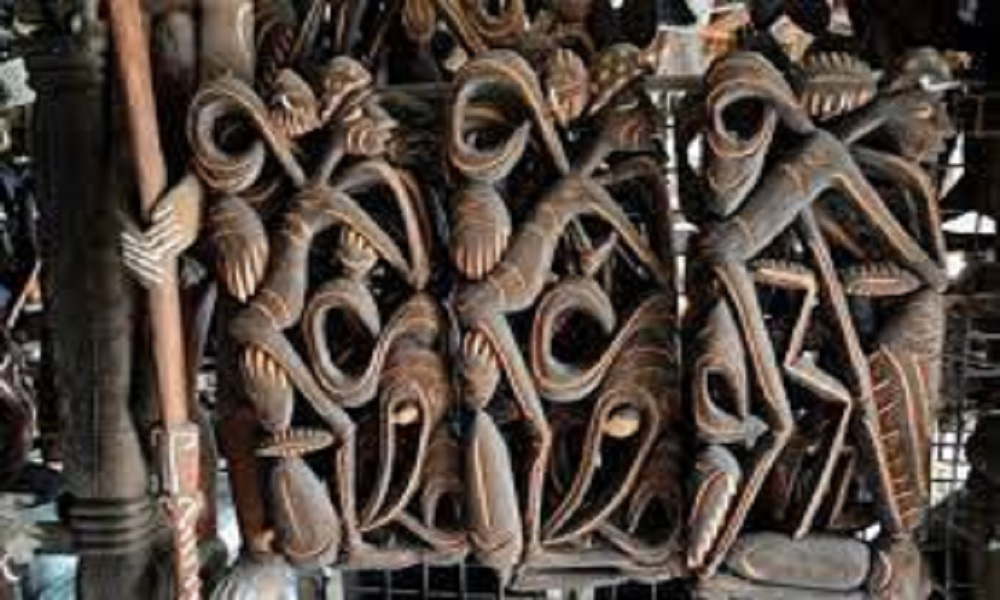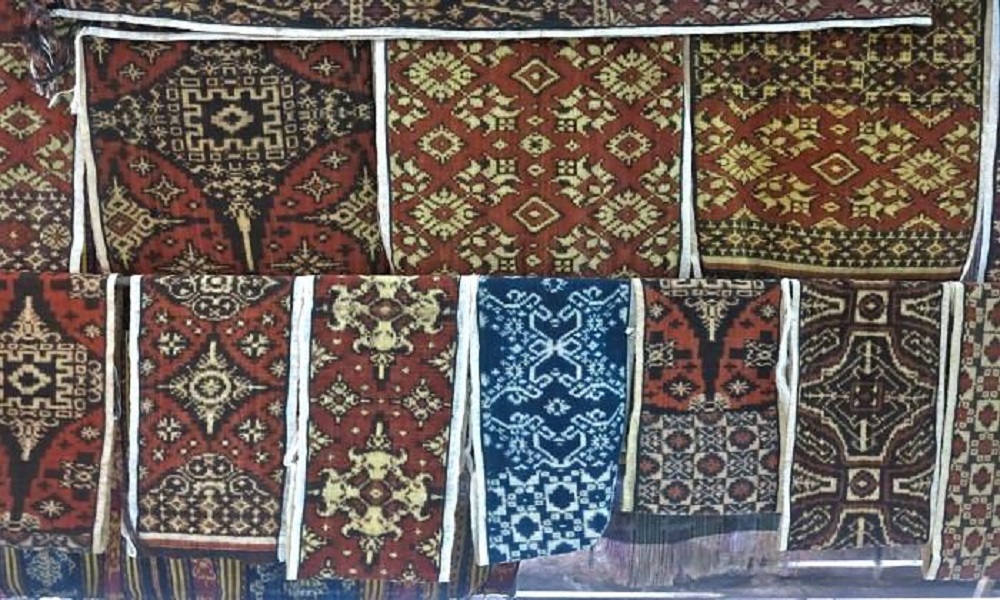What Is the Famous Craft in Indonesia? You Need to Know Before You Come to Indonesia.
What is the famous craft in Indonesia?” is a frequently searched phrase on Google. This time, we would like to provide information about “What is the famous craft in Indonesia?” through our blog, and hopefully, it can help you if you are looking for it.
Indonesia, rich in culture, is also abundant in beautiful handcrafted items. Various crafts from Indonesia have successfully penetrated the international market. Check out the list of famous Indonesian handicrafts abroad according to BP-Guide.
Indonesia is a rich country, not only in terms of natural resources and archipelagic cuisine but also in the recognition of its original artistic products worldwide. The domestically made handicrafts that have entered the international market are countless.
As Indonesians, we should take pride in the popularity of handcrafted items, often made in very traditional ways.
Here is some information what is the famous craft in Indonesia:
1. Batik Fabric: Discussing Indonesia’s distinctive handicrafts, batik is undoubtedly the first to come to mind. Batik has been recognized globally as one of Indonesia’s cultural treasures. UNESCO has even declared batik as a Masterpiece of Oral and Intangible Heritage of Humanity.
The word “batik” comes from the Javanese language, “mbatik,” which consists of “mbat” meaning to throw and “tik” meaning dot. Thus, batik can be interpreted as creating many dots on fabric.
Batik has a long history and was once used as clothing for past kings. Interestingly, each region in Indonesia has its own unique batik. For example, Solo batik is different from Pekalongan, Madura, and Bali batik, each having distinctive patterns and motifs that set them apart.
2. Sumba Woven Fabric: In addition to batik, weaving is a traditional Indonesian fabric highly sought after for its beauty. Sumba woven fabric from East Nusa Tenggara is one of the most famous and desired by both Indonesians and foreigners.
If you visit Sumba, you will see numerous weaving industries, and the high value of Sumba woven fabric is attributed to its traditional production process and manual dyeing.
The motifs on Sumba woven fabric depict the daily life of Sumba’s inhabitants, with famous motifs such as lions, crocodiles, hippos, and squids, each carrying its own meaning.
3. Wayang Kulit (Shadow Puppets): Wayang, an art form that has endured to this day, includes the well-known wayang kulit from Java. Wayang kulit is believed to be the precursor to various other types of wayang in Indonesia.
Until now, there is no precise information about the origins of wayang. Some say it dates back to the entry of Hinduism and Buddhism into Southeast Asia. It is believed that wayang is an art form from China or India.
Wayang kulit is made from cowhide, carved with sharp iron tools, and shaped according to specific characters.
4. Sandalwood Wood Fans: Another beautiful and artistically rich craft from Bali is the sandalwood wood fan, still in demand as a souvenir when visiting the Island of Gods.
These fans come in a compact, foldable form, and the primary material is the distinctive-scented sandalwood. When opened, the fragrance of sandalwood fills the air. Sandalwood wood fans are usually adorned with Bali’s characteristic motifs and legendary figures from their folklore.
5. Wood Carvings: Jepara is known as a world-class producer of wood carvings since the 19th century. The crafted items typically include furniture such as table sets, chairs, wardrobes, and beds. Jepara’s wooden crafts are well-known internationally and continue to be popular.
The characteristic motifs of Jepara’s woodcraft include trubusan leaves and jumabai motifs. Authentic Jepara crafts can be distinguished by these patterns. Teakwood, known to last up to 20 years, is used in the crafting process, which is entirely traditional, making Jepara wood carvings highly expensive.
6. Leather Craft: Tanggulangin, a village in Sidoarjo, East Java, has been producing leather crafts since 1939. Leather crafts from Tanggulangin usually take the form of bags, jackets, wallets, and other wearable items.
Almost all residents of Tanggulangin have their own leathercraft industries, with prices varying from tens of thousands to millions of rupiah, depending on the leather quality and the complexity of the crafting process. These Sidoarjo leather crafts have been exported to various countries.
7. Nusa Penida Bali Woven Rangrang Fabric: Weaving is a common Balinese handicrafts in Indonesia, and the woven rangrang from Nusa Penida, Bali, is highly valued. Despite Indonesia having many woven fabrics, rangrang has its own uniqueness, characterized by flora and fauna motifs and other two-dimensional fields. Rangrang is handwoven using the single tie-dye technique. Usually, you can find these crafts through Bali handicrafts wholesale agents.
8. Asmat Tribe Wood Carvings: The Asmat tribe in Papua is known for its mysteries and artistic skill in wood carving. The carvings produced by the Asmat people are extraordinary and considered highly unique, attracting art enthusiasts worldwide. Additionally, Asmat carvings carry significant meanings.
What makes it even more remarkable is that the Asmat tribe uses traditional tools such as wooden axes, shell skin, and star-shaped teeth. To achieve a smooth carving texture as a finishing touch, they use oysters, boar tusks, and specific types of fish teeth.
The process to create these carvings is not easy, and the price for one Asmat wood carving can reach billions of rupiah. Interestingly, Asmat carvings are less popular in Indonesia.
9. Bali Gringsing Fabric: What are traditional crafts of Bali as a region that strongly preserves its traditional values, Bali also has many distinctive and fascinating crafts, including gringsing fabric. Gringsing itself comes from two words: “gring,” meaning not, and “sing,” meaning sick.
The process of making gringsing fabric is not easy at all. It takes 2 to 5 years to produce a single piece of gringsing fabric. Gringsing is a double ikat weave that requires a more challenging and complex manufacturing process compared to single ikat.
The uniqueness of gringsing fabric lies in its color, which becomes more beautiful over time when stored. It’s no wonder traditional fabric enthusiasts appreciate gringsing fabric.
10. Silver Craft:
It appears that Sidoarjo is a region rich in handicrafts. In addition to leather, this area is also known for producing silver crafts. Some regions recognized as the best silver producers include the villages of Porong, Besuki, Krembung, Ronokenongo, Siring, and Kedungbendo. The crafted products from these villages are exported to the Netherlands, India, Singapore, and the United States.
The intricate crafting process contributes to the high value of these silver crafts. It takes a considerable amount of time and the use of specialized tools to produce silver jewelry such as rings, necklaces, and bracelets.
That’s the information about What is the famous craft in Indonesia? There are actually many types of crafts in Indonesia that can be found, but we are only highlighting a few Indonesian crafts that are most sought after by foreign entrepreneurs.
Bali is a renowned tourist destination globally, where many Indonesian handicraft entrepreneurs operate. You can meet Bali handicrafts suppliers or Bali handicrafts manufacturers to seek assistance from them
